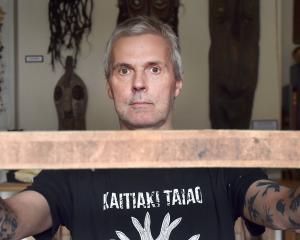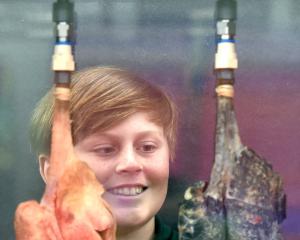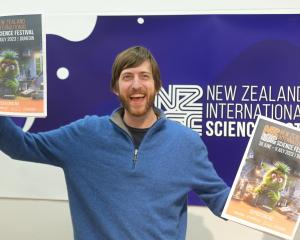A major touring show focusing on the February 2011 Christchurch earthquake will help convey the impact and the science behind one of New Zealand's biggest natural disasters, Otago Museum officials say.
"It is important for the Otago community to take the time to reflect upon the experiences of Cantabrians as a result of these devastating earthquakes, Clare Wilson, museum collections, research and experience director, said.
It was appropriate that the Otago Museum, as a neighbouring institution, was the first venue outside of Canterbury to host the "Canterbury Quakes" exhibition during its planned three-year national tour.
Museum staff could also "support our Canterbury neighbours" and "help our own community to understand the science and implications of earthquakes."
Going to the free exhibition, which opens at the museum's special exhibitions gallery today, could be "a very emotional experience" for some people, she said.
Photographs, film and audio content evoke the human side of the disaster, and recovery effort.
Developed by Canterbury Museum, the exhibition includes many key features - now relics - from Christchurch's damaged infrastructure, including the rose window from Christ Church Cathedral, and the Lyttelton Timeball.
From 1876 to 1934, the large metal timeball was lowered from its mast on the prominently-sited Lyttelton Timeball Station, signalling the time to ships in Lyttelton Harbour.
The station was damaged beyond repair in Christchurch's most devastating quake, on February 22 last year.
The Otago show runs until May 5.





